Building a new website is an exciting endeavor, whether you’re launching a brand, promoting a product, or enhancing your online presence. However, a successful website is built on well-thought-out decisions that align with your goals and target audience. Each decision impacts your website’s performance, user experience, and search engine ranking.
To guide you through this process, Attractive Web Solutions highlights the 4 key decisions to building a new website that will help you create a site that’s both functional and engaging.
1. Choosing the Right Platform
The foundation of building a new website is selecting the right platform, as it determines how you design, manage, and scale your site.
Key Considerations:
- Ease of Use: Some platforms, like WordPress or Wix, are user-friendly and require minimal technical knowledge, making them ideal for beginners. However, platforms like Shopify or Squarespace can be more suitable if you need specific e-commerce functionalities.
- Customization: Evaluate how much control and customization you need. WordPress, for example, is highly customizable, with thousands of plugins and themes that offer flexibility. However, it requires more setup than drag-and-drop builders.
- Budget: Platforms vary in cost. Open-source options like WordPress have free versions but may require paid themes and plugins. On the other hand, platforms like Shopify or Squarespace have monthly fees but include hosting and support.
Recommendations:
For flexibility, WordPress is an excellent choice, especially if you need extensive customization and scalability. If you’re setting up an online store, consider Shopify or BigCommerce, which are tailored for e-commerce and provide essential store management features.
2. Defining Your Website’s Purpose and Goals
A well-defined purpose and clear goals provide direction for your website's design and functionality, influencing content, user experience, and even the marketing strategy.
Key Considerations:
- Target Audience: Understand who will visit your site and what they need. A B2B site will have different design and functionality requirements than a B2C e-commerce site.
- Primary Objectives: Determine the main purpose of the website. Is it to generate leads, sell products, provide information, or showcase a portfolio? Defining this goal will guide the content and design elements that should be prioritized.
- Desired User Actions: Decide on the specific actions you want users to take on the site, such as signing up, making a purchase, or downloading a resource. Your design should make these actions intuitive and accessible.
Recommendations:
Before starting the design, list out the primary goals and target audience characteristics. Align every feature, layout decision, and content choice to meet these goals effectively. For instance, an e-commerce website should prioritize easy navigation, product categories, and a quick checkout process, while a portfolio site should focus on visual design and showcasing work samples.
3. Designing for User Experience and Functionality
User experience (UX) is crucial in building a new website that visitors find engaging and easy to navigate. Good UX design reduces bounce rates, improves user satisfaction, and enhances conversion rates.
Key Considerations:
- Navigation: The website’s navigation should be simple and intuitive. Use clear headings, categories, and search functionality to help users find information quickly.
- Mobile Optimization: With the majority of users accessing sites on mobile devices, mobile optimization is non-negotiable. Make sure that your design is responsive, so it adjusts seamlessly across all screen sizes.
- Loading Speed: Slow-loading websites can frustrate visitors, leading them to abandon the page. Optimize images, use efficient coding practices, and leverage caching to improve site speed.
- Visual Hierarchy: Arrange content, buttons, and other elements in a way that directs users’ attention naturally. For example, use larger font sizes for headers, prominent CTA buttons, and eye-catching imagery to guide users down the page.
Recommendations:
Prioritize mobile responsiveness and ease of navigation in the design process. Test the site on various devices to ensure it looks and performs well everywhere. Additionally, use visuals and layouts that make it easy for users to engage with your content, such as a hero image with a clear CTA on the homepage and product highlights.
4. SEO and Content Strategy
A well-planned SEO and content strategy are essential to help your site rank higher on search engines, attract organic traffic, and engage visitors.
Key Considerations:
- Keyword Research: Identify keywords relevant to your industry, products, or services. Focus on both primary and long-tail keywords that potential customers are likely to search for. Use tools like Google Keyword Planner or Ahrefs to guide your choices.
- Content Creation: Develop a content plan that addresses your audience’s needs and interests. Incorporate a blog, guides, and FAQ sections if relevant. Quality, informative content helps establish authority and improves SEO.
- On-Page SEO: Make sure that each page is optimized with proper title tags, meta descriptions, headers, and alt text for images. This helps search engines understand the content and improves visibility.
- Link Building and Social Sharing: Build credibility and traffic by linking to reputable sites and encouraging others to link back to you. Social media integration is also beneficial, allowing users to share your content and expand your reach.
Recommendations:
Create a content calendar and schedule regular blog posts, updates, or news articles. Optimize every piece of content with keywords naturally woven in, and ensure that each page includes metadata to improve SEO. A consistent SEO approach helps maintain visibility and keeps your website relevant in search results.
Final Thoughts: Making the Right Choices When Building a New Website
The process of building a new website is as strategic as it is creative. By making careful, informed choices around platform selection, defining goals, prioritizing user experience, and crafting an SEO-driven content strategy, you’ll create a site that not only attracts visitors but keeps them engaged. Each decision acts as a building block, contributing to the overall effectiveness, usability, and success of your website.
Ready to Build a Website That Delivers Results?
Attractive Web Solutions is here to support you at every step of building a new website. Our team of experts specializes in helping businesses make smart, data-driven decisions that align with their goals. Whether you’re launching a brand new site or revamping an existing one, we’ll ensure your website has the essential elements it needs for success. Contact us today to bring your vision to life!
By addressing these key decisions to building a new website, you’ll be well-equipped to create a site that stands out, performs well, and ultimately supports your business objectives.

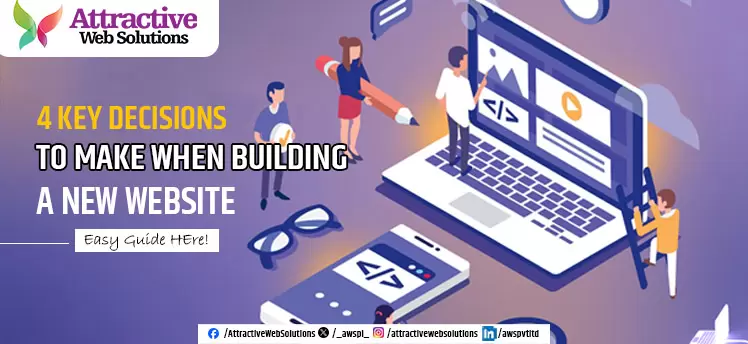

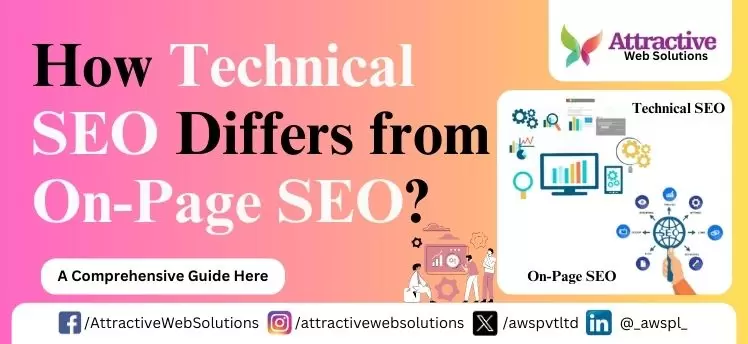
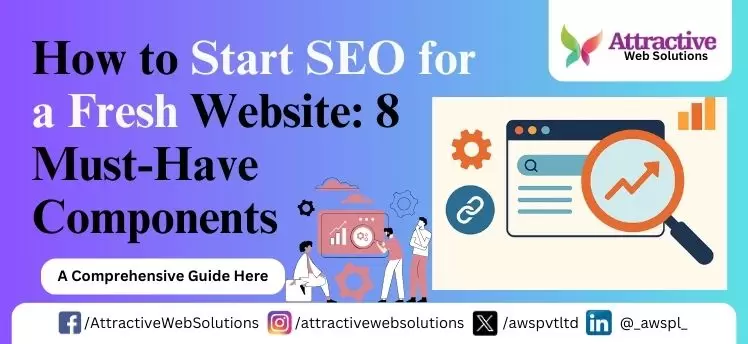
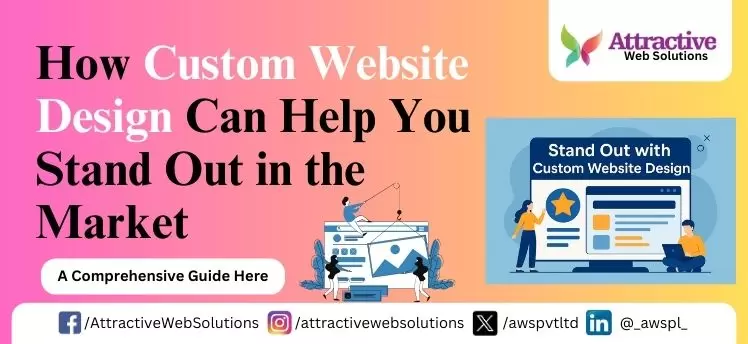
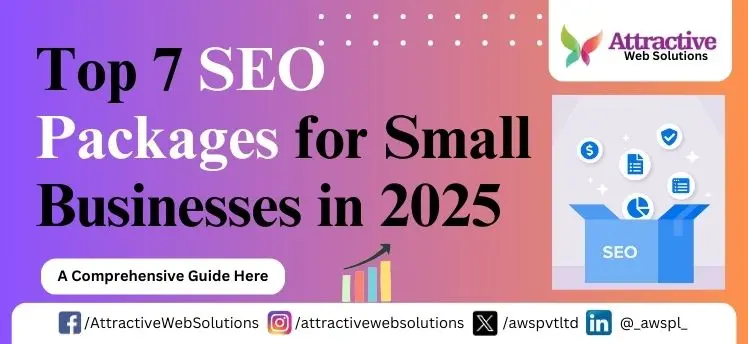

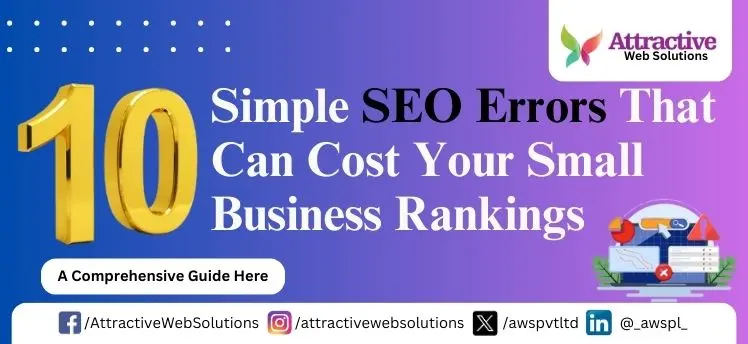
0 Comments